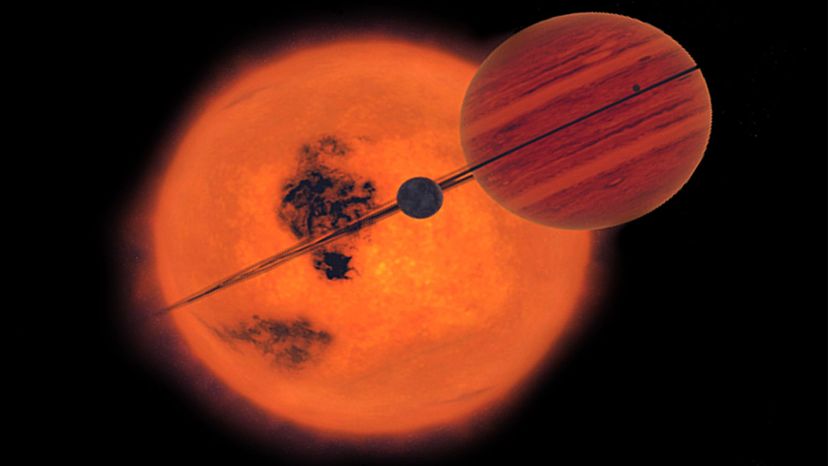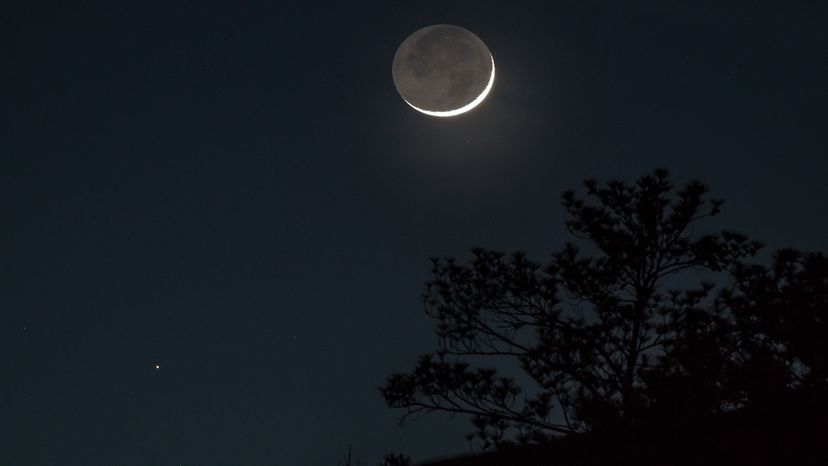
As one of the brightest, Aldebaran is also one of the most mythologized stars in the night sky. Ancient astronomers in the Middle East, India, Greece, Mexico and Australia all had stories to explain Aldebaran's reddish glow, which is actually a product of its large size and relatively cool surface temperature.
Even today, if you attend an astronomy stargazing session, you'll likely learn about Aldebaran and the most common stories that are told about this eye-catching star. Aldebaran and its home constellation are best viewed from the Northern Hemisphere during the winter months, particularly in December. It's also a spring star and is therefore visible again in early Spring for a few hours after sunset.
Advertisement
Despite our fascination with the brightest stars in the sky, astronomers continue to learn about them — Aldebaran included. Here are some of the basics about this luminous orange star.



